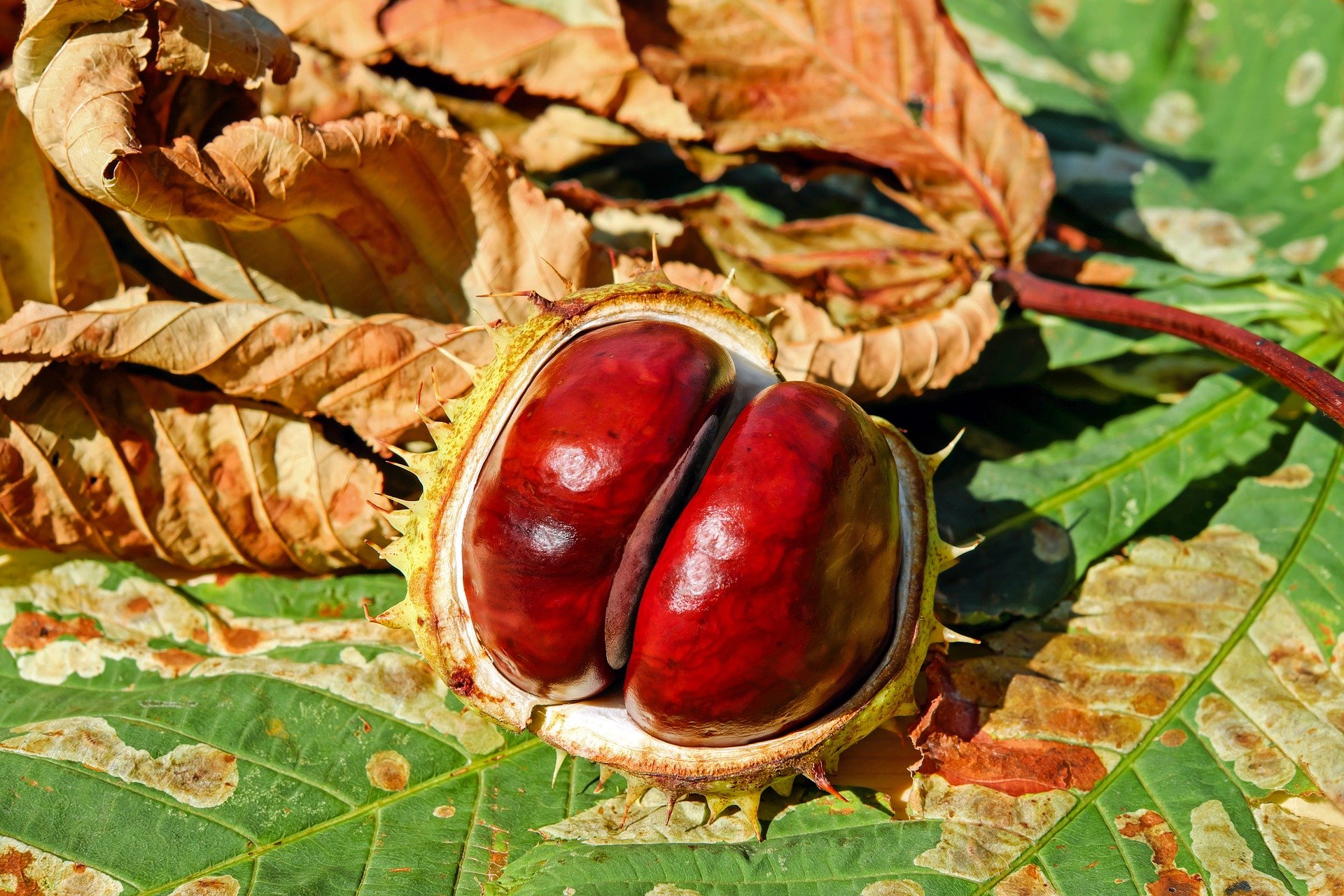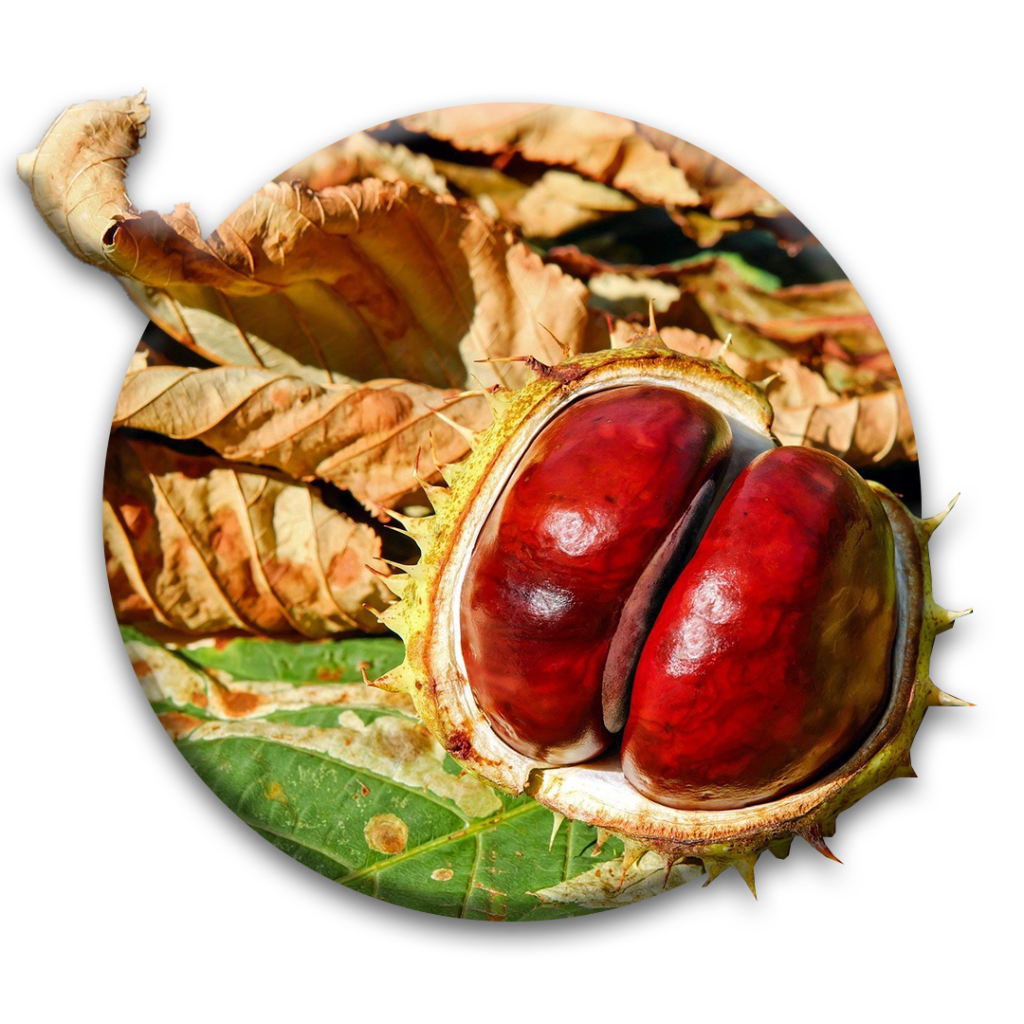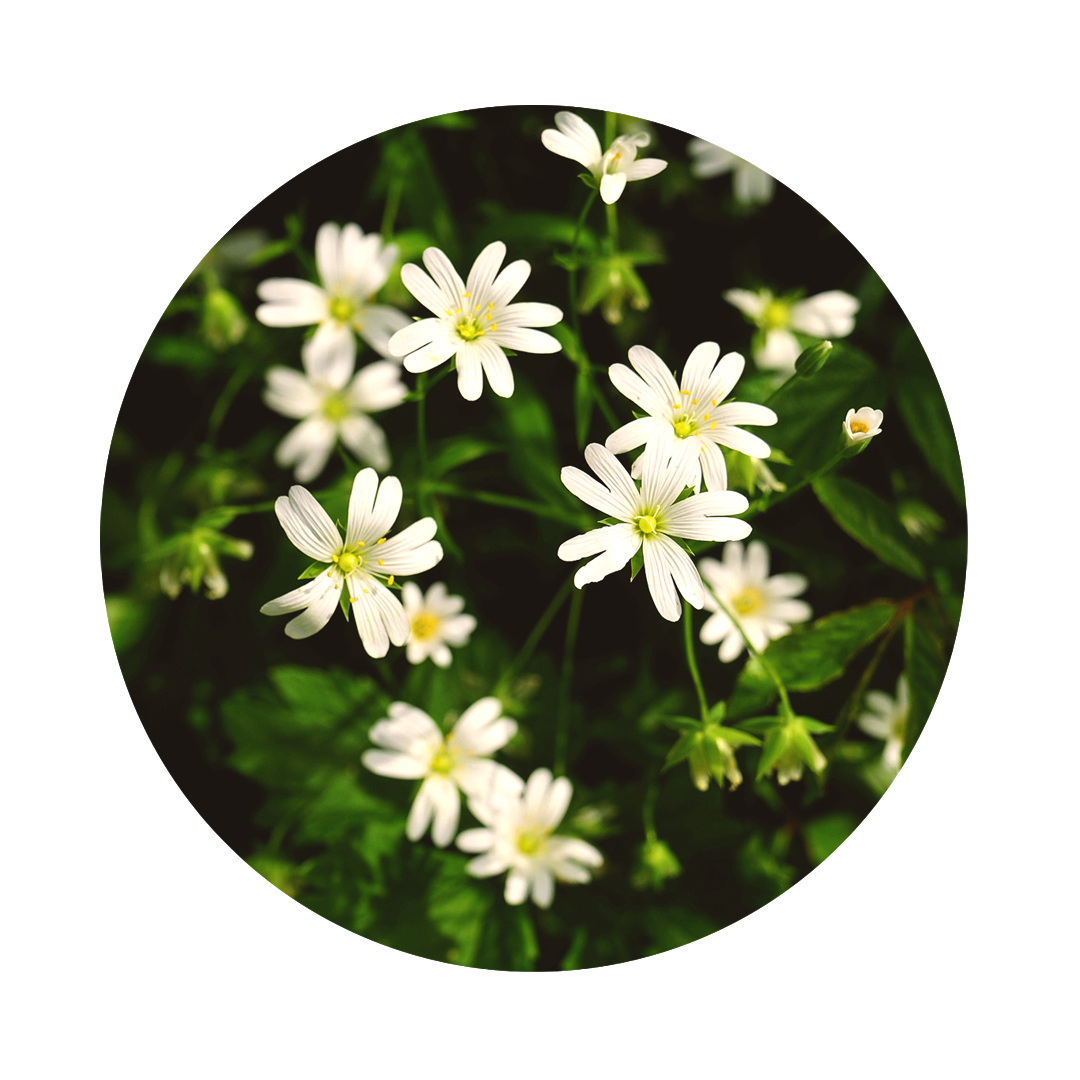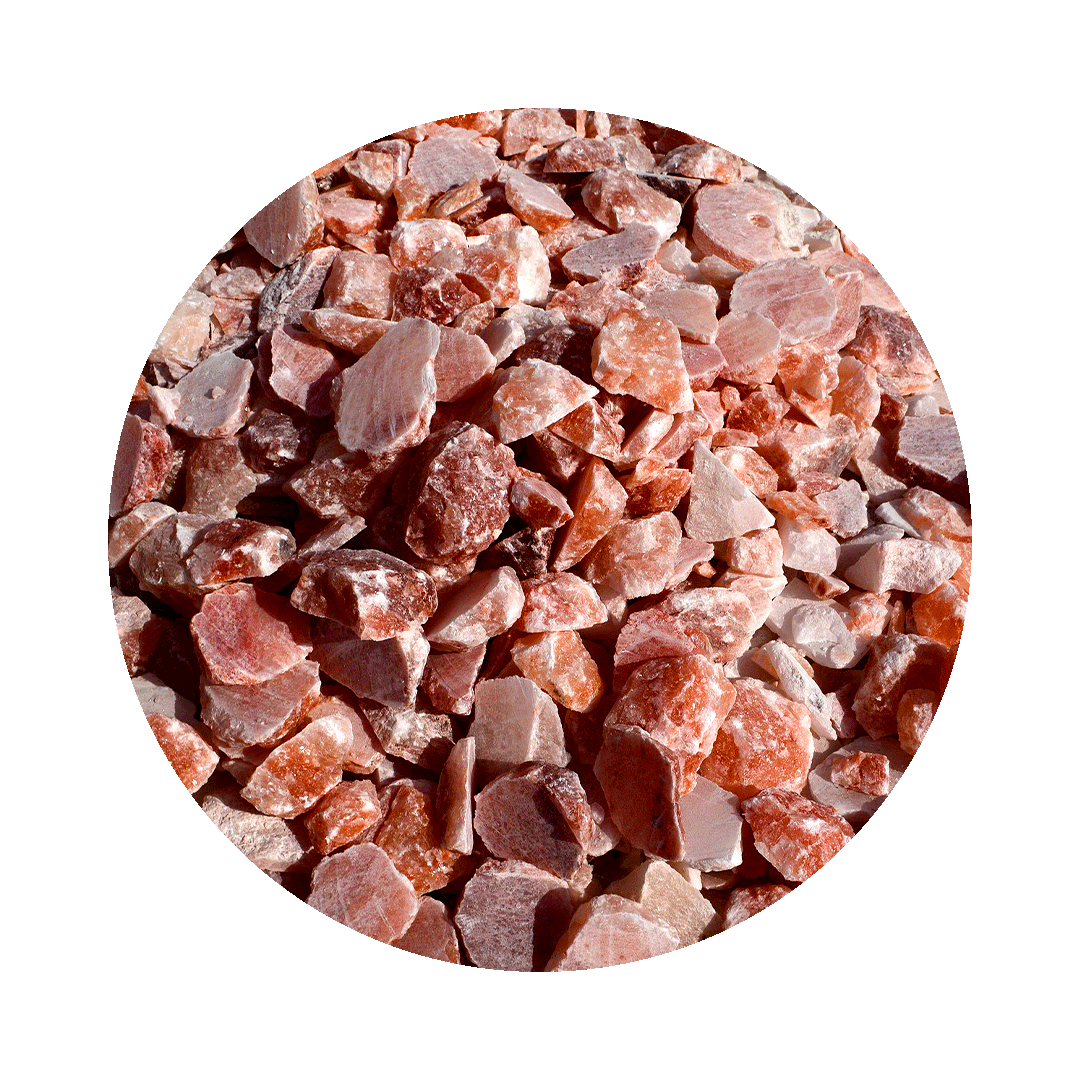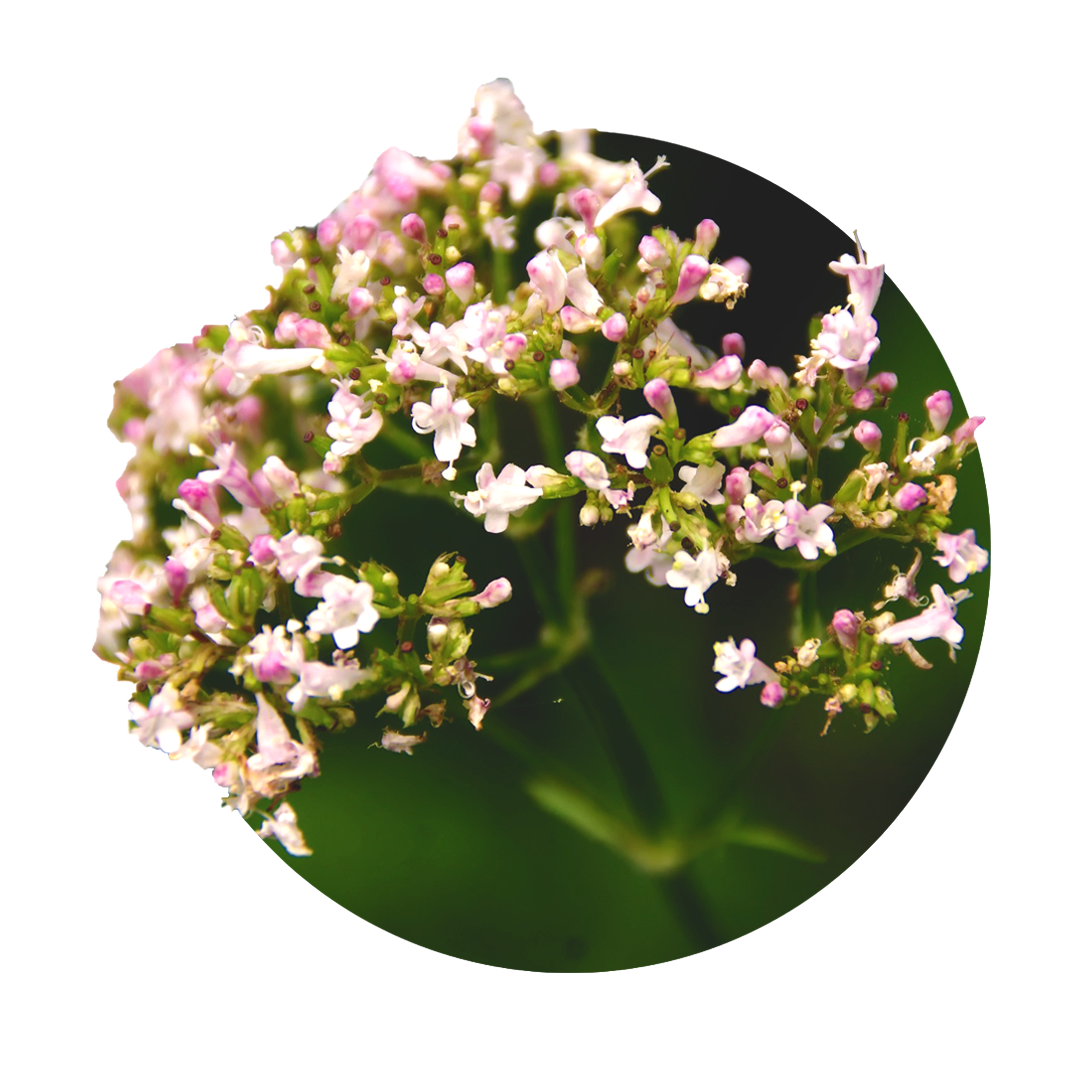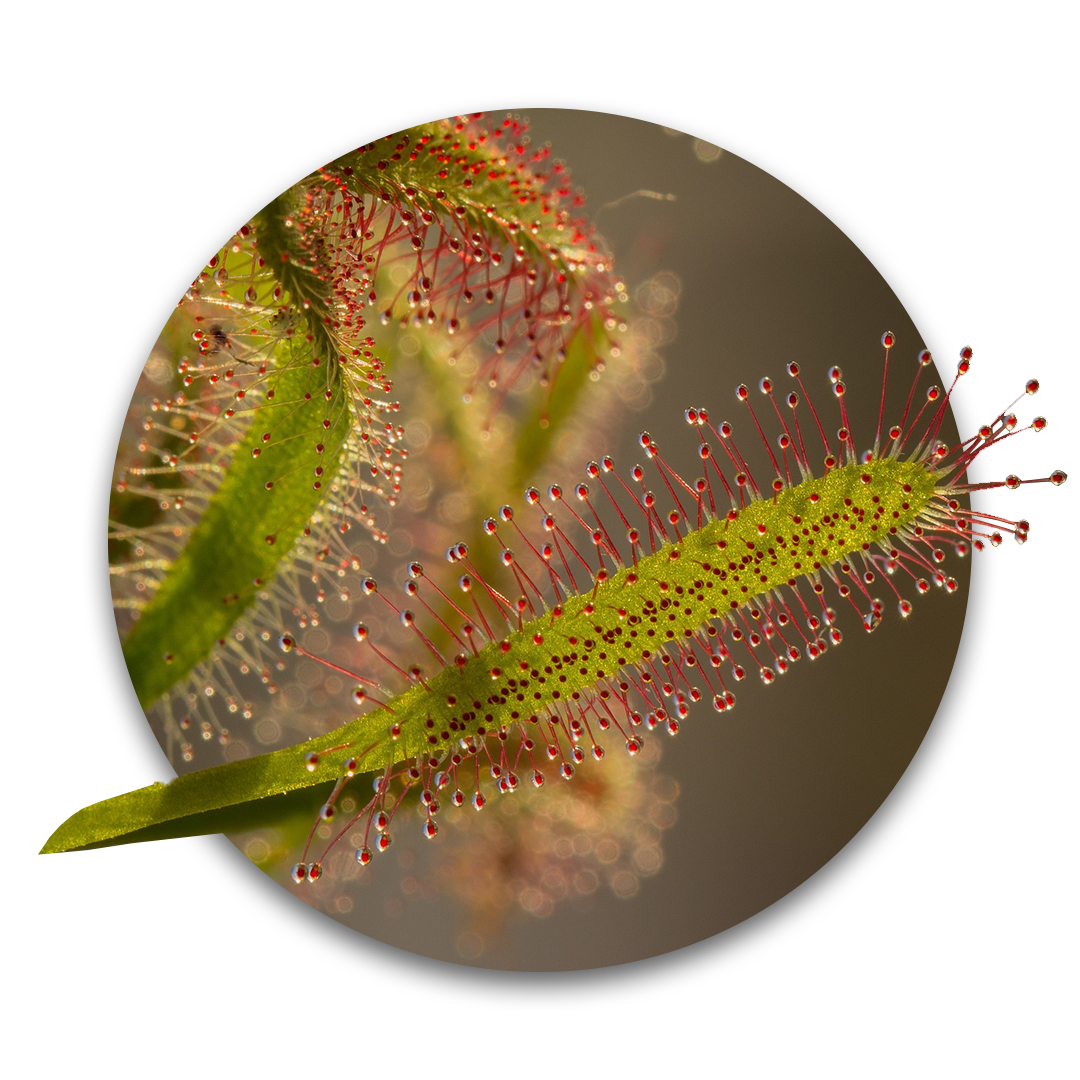Horse chestnut: the medicinal plant from autumn
The horse chestnut is a very common tree in southern Germany. Especially in traditional, Bavarian beer gardens it is much represented because of its shade-giving properties, basically it is considered a popular park tree. In the timber industry, the chestnut does not play a major role. It is only partially used as furniture wood for invisible components. The tree came to Europe only in the 16th century. Here it was established from Constantinople and quickly adapted to climatic conditions. It still plays an important role in naturopathy, as it is one of the great vein remedies of occidental medicine. Many studies have sufficiently proven its outstanding effect in this field.
Horse chestnut facts
Did you know that...
... the horse chestnut has no relation to the edible chestnut?
... the name goes back to the Ottomans, who used the chestnut as a remedy and food for their horses?
... probably all trees in Europe can be traced back to a single seed shipment from the year 1576 and are related?
What is the horse chestnut?
Horse chestnut is a native deciduous tree that reaches heights of up to 30m. It is a shallow rooter that grows up quickly, especially in the first few years, which is why it quickly established itself as a green plant. Its crown is very dominant and the tree therefore provides ample shade in the warm summer months. Its flower panicle is striking, bearing the characteristic white flowers. These flowers are encased in a brown, sticky husk that is shed when they bloom. The fruit of the horse chestnut is a 2-4cm brown seed that matures in a light green, spiny covering. In the fall, these then fall to the ground and burst open. The contained seeds now roll a few meters further, are carried along in the further course and germinate underground the next spring.
General and healing properties of horse chestnut
Anticoagulant
The horse chestnut is anticoagulant. It prevents the blood platelets from sticking together and blockages in the veins, so-called thromboses, from forming.
Vein toning
Horse chestnut is venous tonic. It has a positive effect on the vein walls, tightens them and helps prevent them from sagging. An additional effect is that any leg edema decreases, because the blood can flow cleanly away
Vessel sealing
The horse chestnut is vascular sealing. It helps to reduce the amount of water leaking from the blood into the tissues, thus promoting and supporting the formation of leg edema. It also reduces the risk of thrombosis formation.
Aesculus hippocastanum : Ingredients
For the production of finished preparations, the active ingredients are extracted from the seeds. A constant amount of active ingredient can only be guaranteed for finished medicinal products.
- Triterpene saponins such as aescin up to 5%
- Coumarins
- Tannins
- Flavonoids
Horse chestnut: effect for body and mind
Horse chestnut is one of the great venous remedies of naturopathy. Due to its vascular sealing, antithrombotic and venous strengthening properties, it is used both internally and externally for the treatment of venous diseases. These include varicose veins as well as symptoms occurring in the context of chronic venous insufficiencies. In addition to leg edema, calf cramps and hemorrhoids, an increased tendency to thrombosis and phlebitis are also considered indications. In all these cases, horse chestnut has successfully demonstrated its effectiveness in scientific studies. It has an anti-inflammatory, decongestant and decongestant effect and thus serves both as a therapeutic agent in acute and chronic cases, as well as a preventive agent for the prevention of worse manifestations.
Properties of Aesculus hippocastanum
- Antioxidant
- Anticoagulant
- Antithrombotic
- Thrombolytic
- Vein toning
- Antiexudative
Fields of application in naturopathy
The active ingredients of horse chestnut have shown in various studies their effectiveness in the following complaints.
Horse chestnut for vein problems
Many people are prone to vein problems, which are usually favored by a genetic, unfavorable component. The veins do not transport the amount of blood they should. The result is thrombosis, inflammation and usually swollen, edematous legs. The horse chestnut now has an anti-inflammatory effect and helps the veins to build up the tone they need to transport the blood away more quickly. The discomfort becomes less severe and the legs become less swollen again.
Aesculus hippocastanum for calf cramps
Venous weaknesses often cause calf cramps. The cause is simply that the muscles are not supplied with the amount of nutrients and oxygen they should be due to the sluggish outflow of depleted, oxygen-depleted blood. If the outflow of venous blood tightens, the circulation of micronutrients also works better. The cramps become less again and the muscle functions properly.
Horse chestnut for bruises
In bruising, blood leaves the venous structures and pours into the tissue. There it is broken down piece by piece and recycled. This is what gives rise to the different coloration of the stain. Horse chestnut supports this decomposition process by improving the performance of the venous system and having an anti-inflammatory effect on the wound. As a result, the bruise usually disappears a little faster and no longer hurts much.
Aesculus hippocastanum for hemorrhoids
In hemorrhoids, small veins in the anal area are baggy, inflamed and painful. As a sitz bath, horse chestnut can help to reduce the inflammation. It also contains tannins that stimulate the vessels to contract again, so that the bulge disappears.
Horse chestnut for skin diseases
Many skin diseases are accompanied by inflammation and increased blood flow, which causes itching. The horse chestnut has a soothing effect on the skin area, reduces inflammation and regulates with its astringent effect that the blood circulation and with it the itching become light. The affected area calms down and the skin can heal better.
Aesculus hippocastanum for nerve pain
This is usually nerve pain in the area of the spine where it is assumed that it is due to an effusion. In this case, the horse chestnut acts directly against the effusion, helps to break it down and thus relieves the pressure that has been exerted on the affected nerve. The discomfort is relieved and the pain disappears.
Notes on the use of horse chestnut
Horse chestnut is mostly used as a ready-to-use remedy for problems. It is taken internally several times a day or applied externally to the area to be treated.
Aesculus hippocastanum in pregnancy & lactation
Due to its influence on coagulation, it is currently not recommended to take horse chestnut during pregnancy and breastfeeding.
Discover our sprays
With natural methods such as the individual spagyric sprays from Zimply Natural, complaints can be treated and sustainably alleviated.
Use the healing power of horse chestnut!
Use the healing power of horse chestnut and our other 100 medicinal plants for the natural relief of your ailments. Improve your well-being and support your body, mind and soul! Use our configurator to create your personal spagyric spray, which is tailored to your needs and accompanies you on your natural path to the improvement of body, mind and soul.

